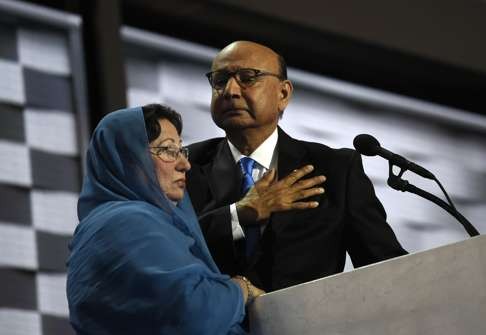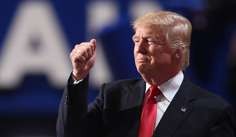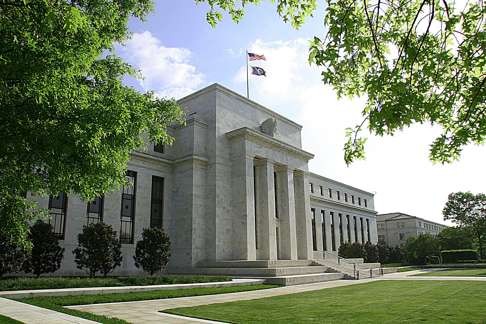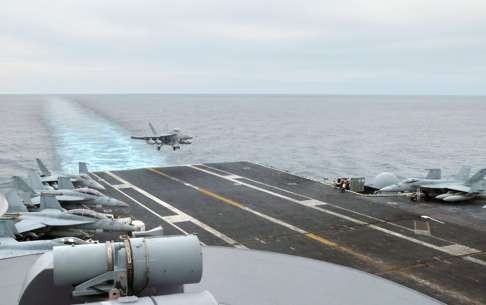
What could we expect from Hillary Clinton as US president?
Dan Steinbock says under her administration, US economic erosion is likely to slow but imperial foreign policy may escalate, with critical repercussions in Asia

The polls reflect the new status quo. Despite her high unfavourability ratings, US Democratic presidential nominee Hillary Clinton now has the support of every second registered voter, whereas Republican rival Donald Trump, with his high unfavourability ratings, can only rely on every third voter.
Campaign financing tells a similar story. By early August, Clinton had raised US$365 million in big money financing, almost a third of it outside money. In contrast, Trump had barely US$100 million, only a tenth of it outside money. Four of every five dollars in the Clinton campaign have come from large corporations and Wall Street, big lobbyists and big unions, not ordinary Americans.
How did we get here? By suppressing the dissent of rival Bernie Sanders’ centre-left opposition in the Democratic convention, Clinton consolidated her leadership, while attracting some dissatisfied Republicans. But she later faced huge political headwinds as FBI director James Comey testified that she had shown “reckless” disregard with highly classified emails.

The public storm paved the way for a triumphant Republican convention, in which Trump could have sustained a semblance of unity. Instead, he stumbled by quarrelling about a US Muslim soldier killed in action, lost voters in several swing states and further polarised divisions in the party. The pessimists say Trump is now seeking to save face and is in talks with Republican leaders who would prefer a “third alternative”. Diehards believe Trump will stage a “fantastic” comeback.
Intriguingly, the shifts in the polls do not reflect voters’ perceptions about America’s direction and priorities. Most Americans believe the top priority in the election is the economy, while two-thirds believe the US is going in the wrong direction.

If this comes to pass, what kind of economic and foreign policies will the Clinton administration adopt? Clinton has promised to create 10 million new jobs in America in the next four years. That does not require miracles. Thanks to demographics and output potential, the US economy should create some 200,000-250,000 new jobs on a monthly basis, which means 2.4-3 million annually, or 9.6-12 million new jobs in four years. Ironically, it could be undermined by the kind of assertive foreign policy that Clinton supports.
In November, most Americans will knowingly vote for a president they do not particularly like [and] don’t really trust
She has promised to expand programmes for poor Americans and to increase contributions from the prosperous. Her discretionary spending relies on US$1.1 trillion for infrastructure, universal preschool and tuition assistance, paid family leave and so on. To alleviate America’s income polarisation, she advocates a 4 per cent surtax on incomes above US$5 million, and raising rates on medium-term capital gains and estate tax rates to 45 per cent.
According to consensus estimates, Clinton’s plan could generate US$1.1 trillion in the next decade. However, it is a centrist plan that will not overcome US inequity. Drastic times call for greater ambition.

Today, the US economy faces a massive sovereign debt burden of US$19.4 trillion (105 per cent of gross domestic product). Nevertheless, Washington still lacks a credible, bipartisan, medium-term debt plan. Clinton believes that rising debt is a national security risk and her economic programme would reduce it in relative terms by 2026. Like Sanders, she would probably reduce the deficit through tax increases, with limited cuts to discretionary spending; unlike Sanders, she would not challenge Wall Street’s financial aristocracy or reduce military spending.
The tiny Greek crisis shook Europe; the huge US debt crisis would rock the world
Consensus projections show that, by 2026, US debt will soar by half to US$29.3 trillion (106 per cent of GDP), assuming fairly ambitious real GDP growth of 1.7 per cent in the next decade. But it does not include downside risks, such as monetary exhaustion, immigration decline, recession or geopolitical crises. Instead, a less ambitious growth rate of 1.2 per cent would cause the debt-to-GDP ratio to climb to 115-120 per cent. This is comparable to the Greek debt burden on the eve of its sovereign crisis in 2009. The tiny Greek crisis shook Europe; the huge US debt crisis would rock the world.
Obama was widely expected to scale back America’s commitments overseas, particularly the long wars in Afghanistan and Iraq, and shift responsibilities to allies. Instead, the US military is now actively engaged in more countries than when Obama took office.
In the Clinton era, US military policy would be more costly, assertive, and global; she is unlikely to cut military spending. While the US pivot to Asia began in Obama’s first term, it was first framed by Clinton, as secretary of state. In that role, she promoted the Trans-Pacific Partnership; but to beat Sanders, she turned against it. As president, she might flip-flop again and support it. She also supported the shift of 60 per cent of US military ships to the Asia-Pacific – a decision that has toughened attitudes in China and contributed to increasing rearmament and conflict escalation in the region.

Even after the global crisis and China’s growth deceleration, Asia may have generated wealth equivalent to twice that of Germany’s. In the 21st century, the world’s economic future will rely on peace in the region.
If the massive US military transfer is really meant for stabilisation, it will contribute to peace. If not, it will split the region, slow China’s rise and the catch-up of emerging Asia. That, in turn, could undermine the promise of the Asian Century.
Dr Dan Steinbock is an internationally recognised expert of the nascent multipolar world. He is also a guest fellow of the Shanghai Institutes for International Studies (SIIS). This commentary is based on his SIIS project on “China and the multipolar world economy”